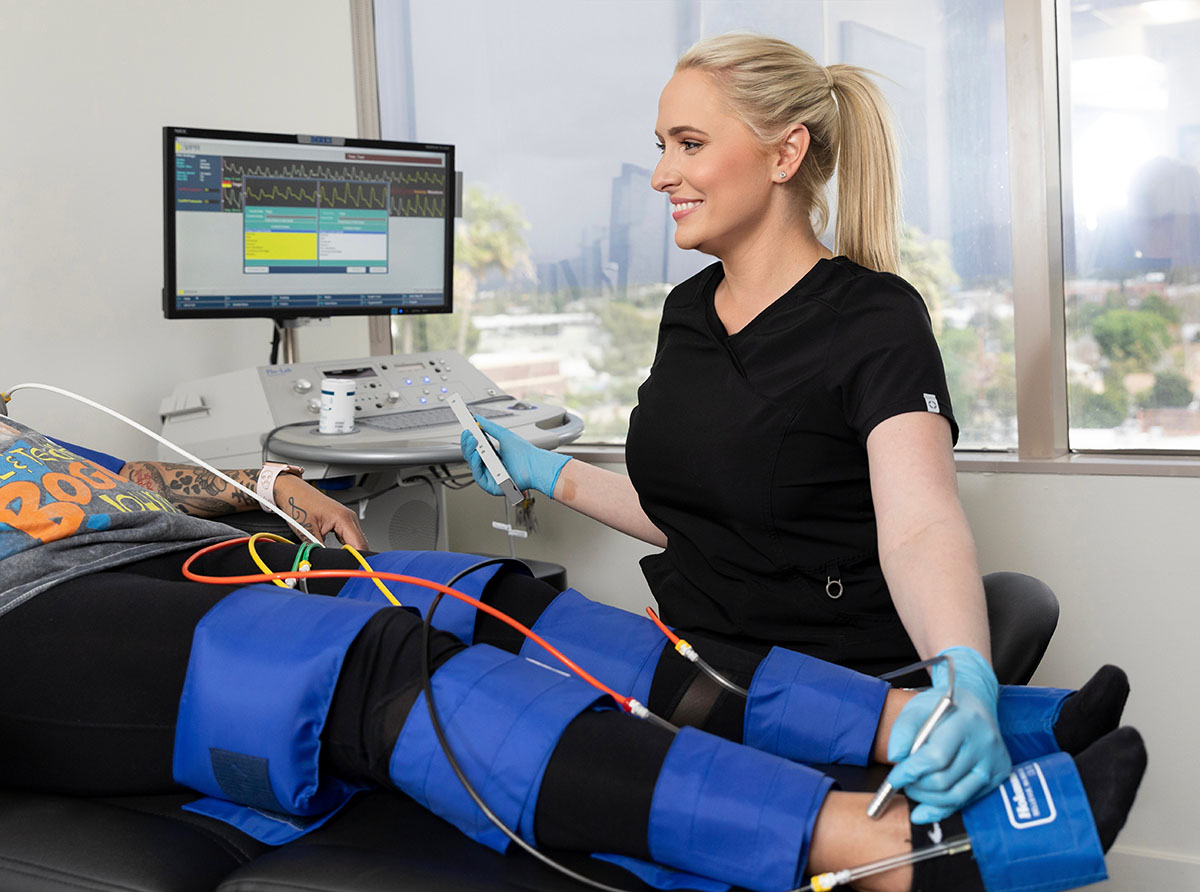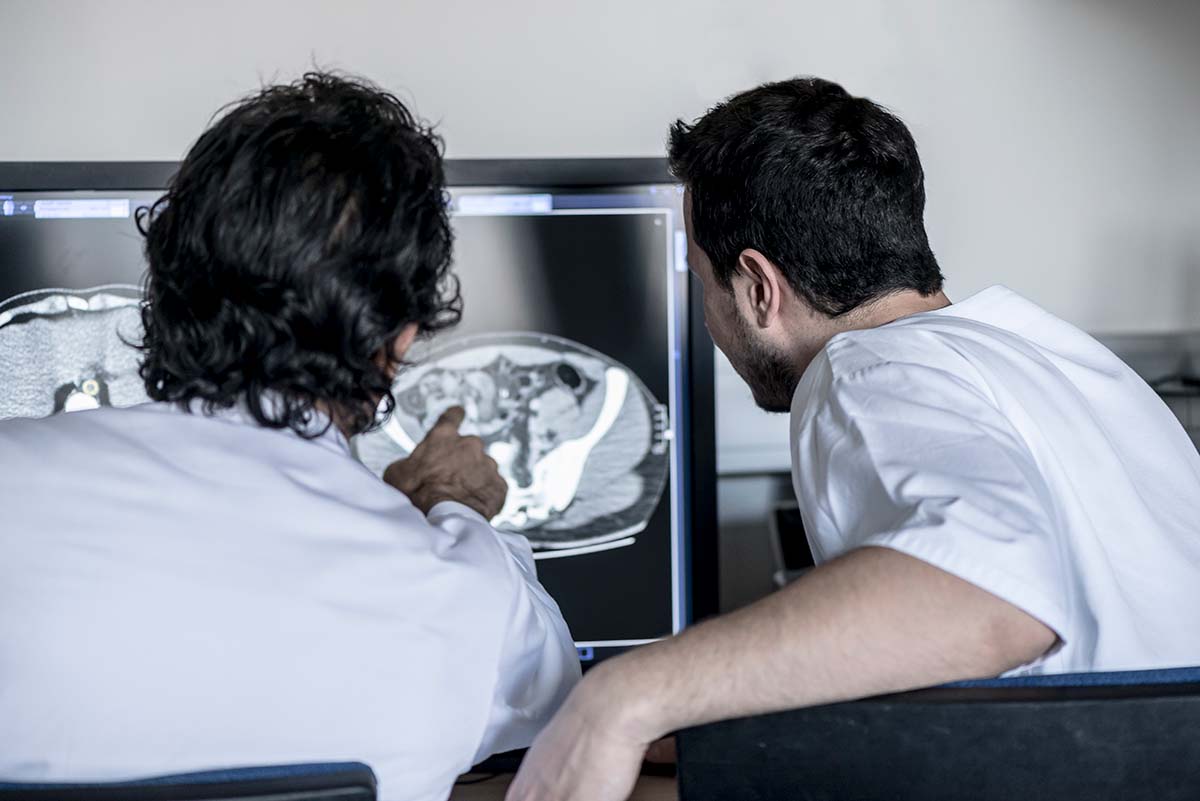What is an Ankle Brachial Index Test?
The ankle brachial index, or ABI, is a simple test that compares the blood pressure in the upper and lower limbs. Physicians calculate ABI by dividing the blood pressure in an artery of the ankle by the blood pressure in an artery of the arm. The result is the ABI. If this ratio is less than 0.9, it may mean that a person has peripheral artery disease (PAD) in the blood vessels in his or her legs.
In PAD, plaque builds up in the arteries. It often affects the vessels that bring blood to the legs. The reduced blood flow can cause pain and numbness. Low ABI may mean that your legs and feet aren’t getting as much blood as they need. An ABI test won’t show exactly which blood vessels have become narrowed or blocked, though. You may need an angiogram as a follow up to this test to gather more information.
During an ankle brachial index test, you lie on your back. A technician takes your blood pressure in both of your arms using an inflatable cuff, similar to the one used in the doctor’s office. The technician also measures the blood pressure in the ankles. The doctor uses these values to compute your ABI.
Ankle Brachial Index Q & A
An ABI is a simple test that compares the blood pressure in the upper and lower limbs. The resulting ratio helps physicians determine whether a person may have peripheral artery disease (PAD).
Why might I need an ankle brachial index test?
Your healthcare provider might want you to have an ABI test if you are at risk for PAD. The ABI test can:
- Diagnose PAD and prevent its progression and complications
- Identify people who have a high risk for coronary artery disease
Your healthcare provider also might recommend an ABI if you have symptoms of PAD, like pain in the legs with activity. But not everyone with PAD has symptoms. This makes the test even more important.
You also might need an ABI to check the severity of your PAD. Your provider might order this test every year, to see if your condition is getting worse.
If you’ve had surgery on the blood vessels of your legs, your provider might want an ABI to see how well blood is flowing into the leg. Sometimes healthcare providers use ABI to assess your risk of future heart attack or stroke.
What are the risks for an ankle brachial index test?
For most people, there are no risks associated with having an ABI test. However, this test is not recommended if you have a blood clot in your leg. You might need a different type of test if you have severe pain in your legs.
How do I prepare for an ABI?
There is very little you need to do to prepare for an ABI test. You can follow a normal diet on the day of the test. You shouldn’t need to stop taking any medicines before the procedure.
You may want to wear loose, comfortable clothes. This will allow the technician to easily place the blood pressure cuffs on your arms and legs. You’ll need to rest for at least 15 to 30 minutes before the procedure.
What happens after an ankle brachial index test?
You should be able to go back to your normal activities right after your ABI test.
Be sure to follow up with your healthcare provider about your results. In some cases, you may need follow-up testing to get more information about a blocked vessel. This might include an MRI or an arteriogram.
If you have Peripheral Artery Disease, you may need treatment. Talk to your provider about what your ABI value means for you. Call 818-900-6480.
Our Vascular & Endovascular Surgeons
It's important to remember not all physicians are trained in advanced vascular and endovascular surgery. It’s a good practice to get multiple opinions and do research on the surgery and the physician.







